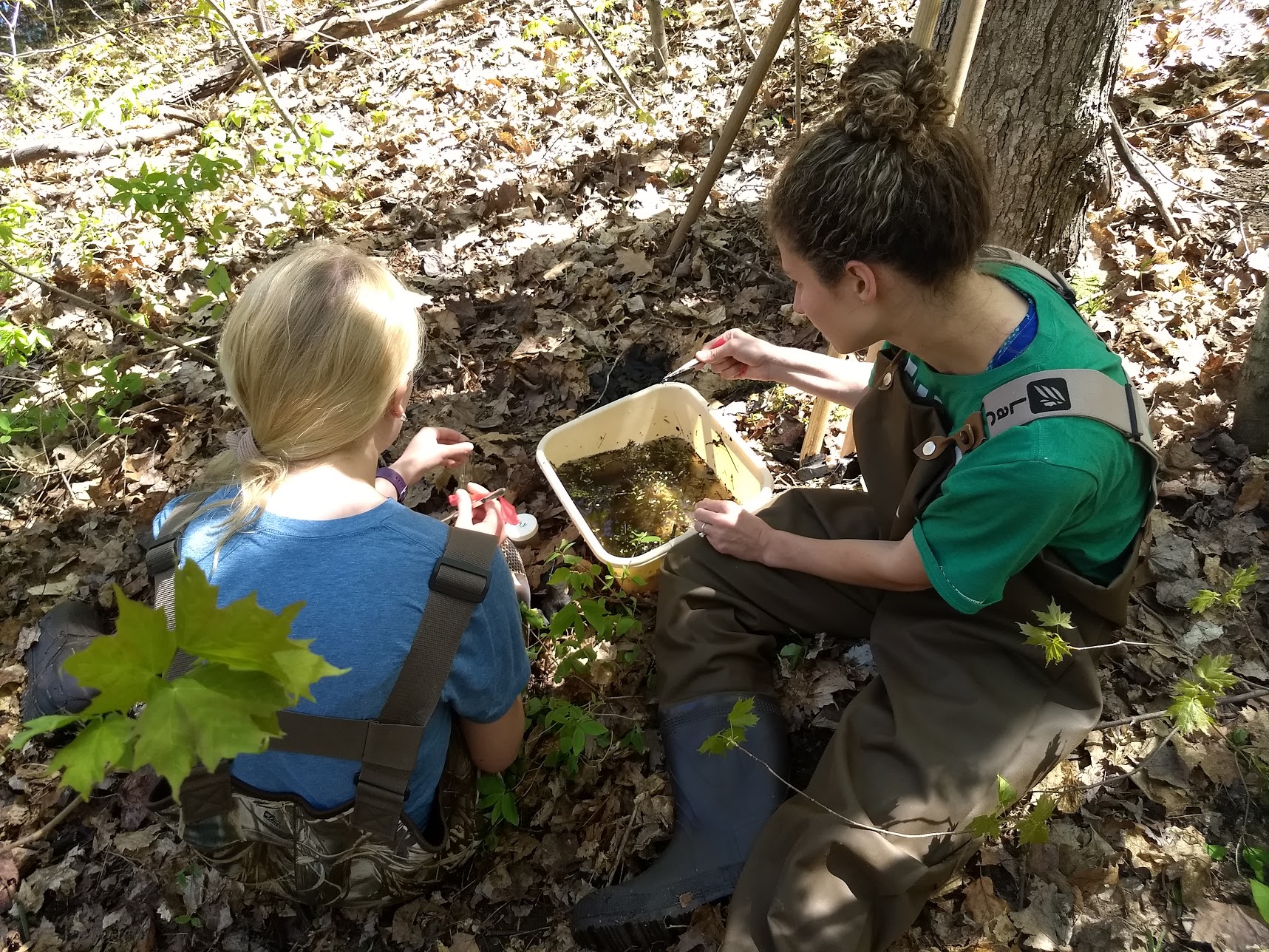Field Entomology: Identification, Ecology, and Natural History
biol 365 - Great Lakes - May Session
This course explores the ecology, identification, and diversity of insects—the most abundant and diverse group of animals on earth. Emphasis is placed on both functional and taxonomic diversity, with a focus on common orders and families of insects found in North America. Students will develop field-based skills in collecting, preserving, and curating insect specimens, and will gain proficiency in using dichotomous keys and field guides for identification. Lectures, fieldwork, and lab sessions will examine insect life histories, ecological roles, and adaptations, while also addressing topics in insect conservation and applied entomology. This course is designed to satisfy organismal biology and field taxonomy requirements for The Wildlife Society’s Associate Wildlife Biologist® (AWB®) certification and is especially relevant for students pursuing careers in wildlife biology, conservation, and environmental education. (4 credits)
Field, Applied
Field Entomology is a Category 2 course in Au Sable’s Wildlife Monitoring Practitioner certificate and a Category 3 in the Field Naturalist certificate. For more information, visit our certificate page.
Professor: Dr. David Hoekman
Knowledge Gained
Appreciate the phenomenal breadth of insect taxonomy and know the major orders and representative examples
Communicate the importance of insects as selective, stabilizing and potentially destructive components of ecosystems
Know the basic anatomy and physiology of insects
Comprehend ecological concepts / principles at the physiological, population, community and ecosystem levels
Skills developed
Learning to recognize a wide variety of insect Orders and Families
Sampling techniques for insects in aquatic and terrestrial settings
Microscope proficiency and insect identification
Familiarity with field biology
Use of waders and aquatic sampling equipment
Field Experiences
Au Sable Campus
Hartwick Pines State Park
Sleeping Bear Dunes National Lakeshore
Pickerel Lake
Grass River Natural Area
Arcadia Dunes
Jordan River Valley
Au Sable River
Manistee River
Lost Lake
Bear Lake Bog



